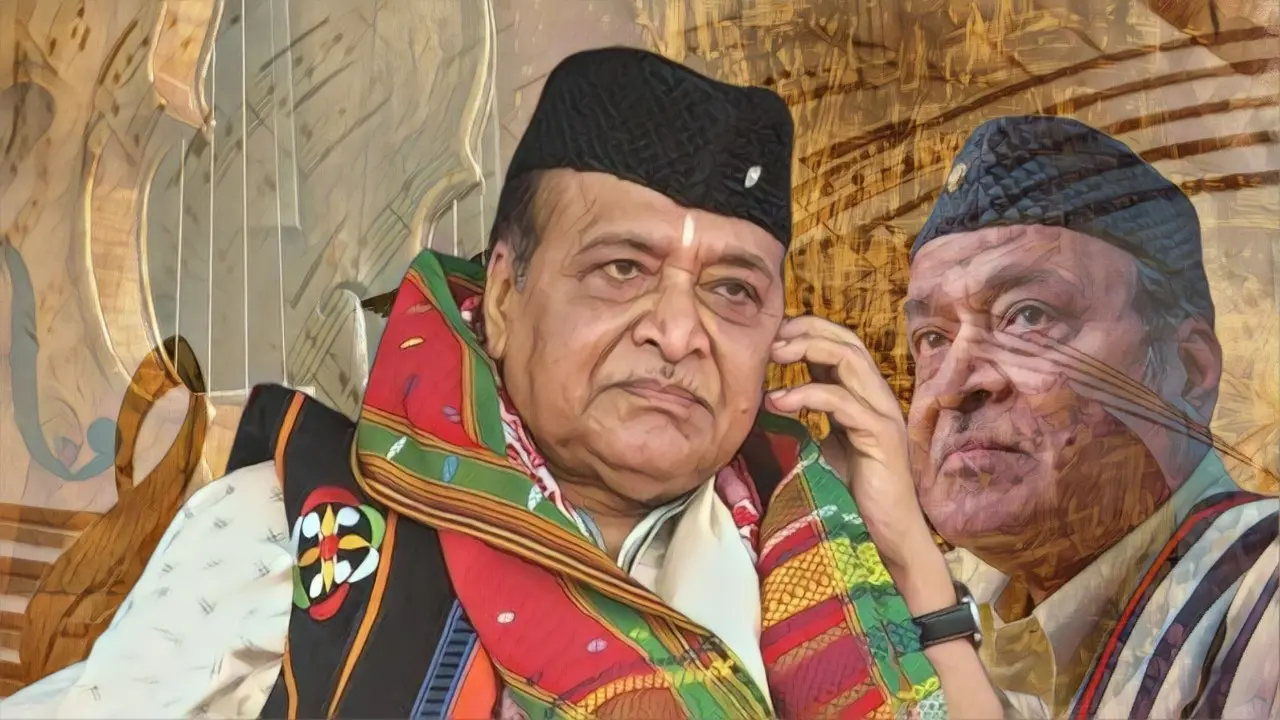Ensuring the Assam Panchayat Election 2025: A Critical Analysis

Assam Panchayat Election 2025: Key Challenges and the Road to Fair Polls
By Advocate Irfan Khondker, April, 05, 2025:
The Assam Panchayat Election 2025, scheduled for May 2 and May 7, with vote counting on May 11, represents a pivotal moment for local governance in the state. Covering 27 districts and involving over 1.8 crore voters across 21,920 wards, this election will shape the functioning of Gaon Panchayats, Anchalik Panchayats, and Zilla Parishads for the next term. While the Assam State Election Commission (ASEC) and the state government have made strides in preparing for this democratic exercise, several structural, legal, and logistical challenges threaten its integrity and inclusivity. This article critically analyzes the preparations and proposes measures to ensure a robust electoral process.
Strengths of the Current Framework
The groundwork for the 2025 Panchayat Elections showcases notable strengths. The fresh delimitation of constituencies in 2024, mandated by the Assam Panchayat (Amendment) Act of 2023, aims to reflect demographic and geographic realities more accurately. With 397 Zilla Parishad constituencies, 181 Anchalik Panchayats, and 2,192 Gaon Panchayats, this restructuring could enhance representation if executed equitably. The use of the Online Electoral Roll Management System (OERMS) by the National Informatics Centre has streamlined voter list preparation, culminating in the final electoral roll on December 28, 2024, with 1,80,14,913 voters. The transparency offered by online access to rolls via the ASEC portal is a progressive step toward voter empowerment.
The decision to retain ballot papers over Electronic Voting Machines (EVMs)—despite legislative provisions for the latter—reflects a pragmatic choice, given rural voters’ familiarity with the traditional system and the logistical challenges of deploying EVMs across remote areas. Additionally, barring candidates with more than two children born after March 2018 aligns with population control policies, though its enforcement consistency remains to be seen.
Persistent Challenges.
Despite these positives, critical gaps persist. First, the delay from the original December 2023 timeline to May 2025—attributed to delimitation and legal disputes—raises questions about administrative efficiency. Chief Minister’s February 10, 2025, target was missed, and the subsequent push to May suggests either poor planning or an underestimation of legal complexities. The Gauhati High Court’s intervention, allowing elections to proceed except in areas contested by nine writ petitions, underscores unresolved delimitation disputes in districts like Sribhumi and Cachar. This patchwork approach risks voter disenfranchisement in affected regions and could invite post-election litigation.
Second, the voter list preparation, while digitized, faced a tight timeline. Claims and objections were resolved in just five days (December 21–26, 2024), potentially compromising thoroughness. The exclusion of Sixth Schedule areas and municipal regions, while legally mandated, perpetuates a fragmented governance model, leaving significant populations outside the Panchayat framework. The gender breakdown—90,60,640 males, 89,53,865 females, and 408 third-gender voters—also hints at underrepresentation of the third gender, possibly due to registration barriers or societal stigma.
Third, the hybrid party affiliation rule—no party symbols at the Gaon Panchayat level but permitted at higher tiers—creates an uneven playing field. Grassroots candidates may struggle against the organizational might of parties at the Anchalik and Zilla Parishad levels, undermining the non-partisan ethos of village governance. The BJP’s formation of election management and manifesto committees signals intense politicization, which could overshadow local issues with state-level agendas.
Logistical and Ethical Concerns
Logistically, conducting a two-phase election across 27 districts with traditional ballots poses significant risks of human error, booth capturing, and delays in result tabulation. The choice of May, Assam’s pre-monsoon season, could disrupt voter turnout due to weather-related accessibility issues in rural areas. Ethically, the educational qualification requirement, though intended to ensure competent leadership, disproportionately excludes marginalized groups—particularly women and lower-income candidates—who historically face educational barriers. This policy, combined with the two-child norm, risks entrenching elite dominance in Panchayat bodies.
Recommendations for Improvement
To ensure the Assam Panchayat Election 2025 upholds democratic standards, the following measures are imperative:
Resolve Legal Disputes Swiftly: The state government’s writ petition filed on January 3, 2025, must be expedited through the Gauhati High Court to clarify the status of contested constituencies before polling begins. A contingency plan—such as deferred elections in disputed areas with clear timelines—should be publicized to maintain trust.
Enhance Voter Accessibility: The ASEC should extend voter education campaigns, leveraging regional languages and mobile technology to reach remote areas. Special provisions for third-gender registration and weather contingency plans (e.g., mobile polling units) could boost participation.
Strengthen Electoral Integrity: Deploying adequate security personnel and independent observers at polling stations is critical to prevent malpractices, given the reliance on ballot papers. A post-election audit of randomly selected booths could enhance transparency.
Level the Playing Field: The ASEC should enforce strict expenditure caps and monitor party influence at higher Panchayat tiers to protect grassroots candidates. Reconsidering the educational qualification norm—or providing exemptions for historically disadvantaged groups—would align with equity principles.
Post-Election Accountability: The Assam Panchayat (Amendment) Bill, 2025, which reassigns market management to Panchayats, must be operationalized immediately post-election to empower elected bodies. Clear guidelines on tender processes and Standing Committee oversight will prevent corruption.
Conclusion
The Assam Panchayat Election 2025 stands at a crossroads. It has the potential to strengthen local democracy through updated constituencies and digital tools, yet it risks faltering under legal delays, logistical strains, and exclusionary policies. Ensuring its success demands proactive resolution of disputes, inclusive voter engagement, and safeguards against politicization. As Assam navigates this electoral milestone, the focus must remain on empowering its 1.8 crore voters to shape their governance—not merely on completing a procedural checklist. Only then can the Panchayati Raj Institutions truly reflect the will and diversity of the state’s people.
Also read: NDA Sweeps Rabha Hasong Council Polls with 33 Seats, Congress Wins Only One




